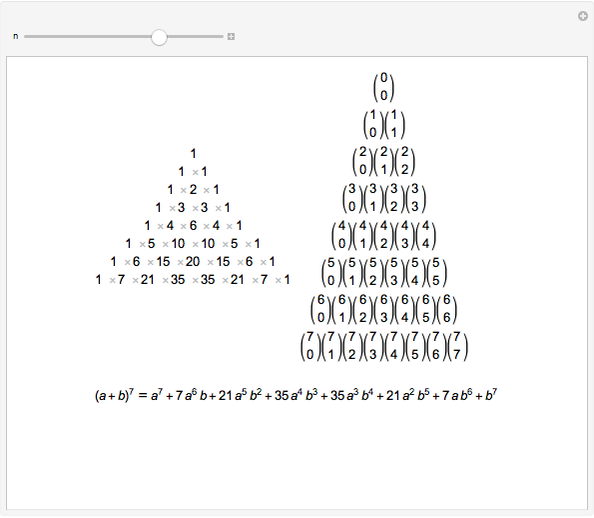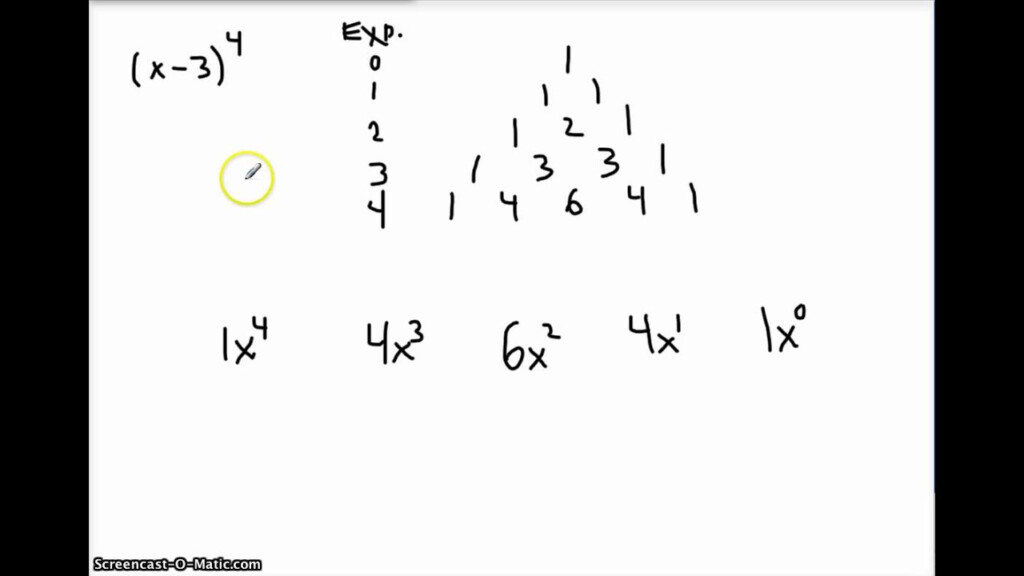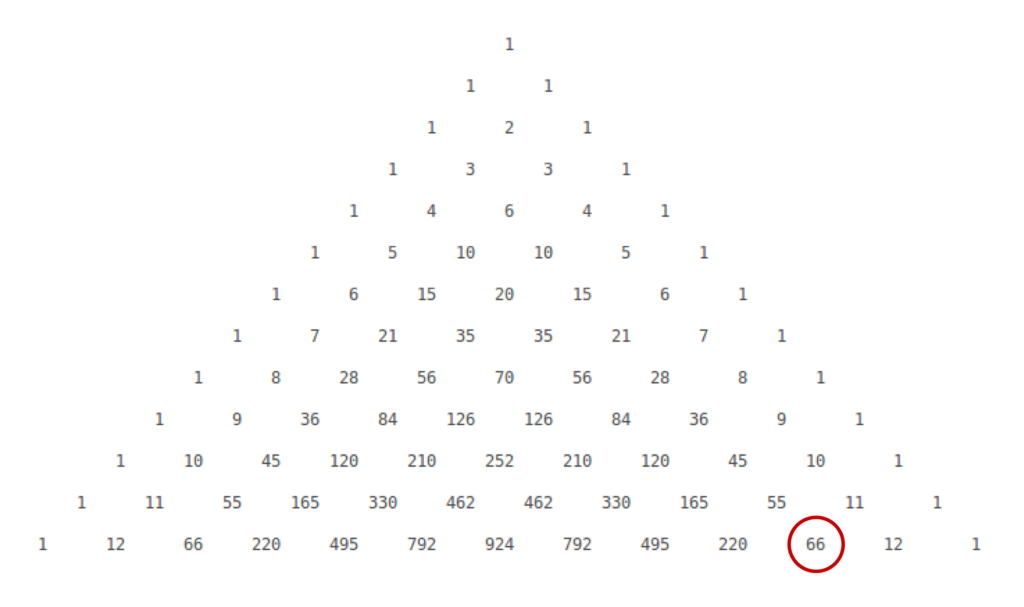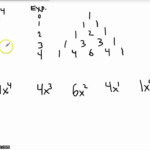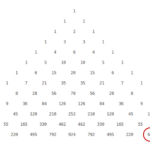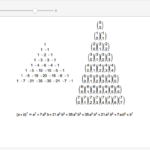Pascal’s Triangle Binomial Expansion Worksheet – Triangles are among the most fundamental geometric shapes in geometry. Understanding the triangle is essential to studying more advanced geometric concepts. In this blog post this post, we’ll go over the different kinds of triangles and triangle angles, as well as how to calculate the length and width of a triangle, as well as provide the examples for each.
Types of Triangles
There are three types of triangles: equilateral, isoscelesand scalene.
- Equilateral triangles contain three equal sides, and three angles of 60 degrees.
- Isosceles triangles have two equally sized sides as well as two angles.
- Scalene triangles can be found with three sides as well as three angles.
Examples of each type of triangle are provided.
Triangle Angles
There are three angles in a triangle: acute right, and obtuse.
- Acute angles are those with less than 90 degrees.
- Right angles are precisely 90 degrees.
- Obtuse angles are those that are greater than 90 degrees.
A variety of angles will be shown.
Perimeter of Triangles
The perimeter of A triangle is defined as the sum of the lengths of its sides. To calculate the circumference of a triangle you must add the lengths of its three sides. The formula for calculating the perimeter of the triangle is:
Perimeter = Side A + Side B + Side C
A few examples of how to determine the perimeter of a triangle will be provided with different kinds of triangles.
Area of Triangles
The area of a triangle refers to the amount of space inside the triangle. To determine the area of the triangle, you will need to know its length from the point of origin as well as the length of the base. The formula for the amount of space in a triangle as follows:
Area = (Base x Height) / 2
A few examples of how to determine the area of an individual triangle will be demonstrated with different kinds of triangles.
Conclusion
Understanding the importance of triangles is a crucial element in learning geometry. Understanding the various types of triangles, triangle angles, and knowing how to determine the perimeter and area of a triangle can help solve more difficult geometric issues. Utilizing our extensive triangle worksheets, students can increase the understanding of these basic concepts and take your geometry proficiency to the next stage.
